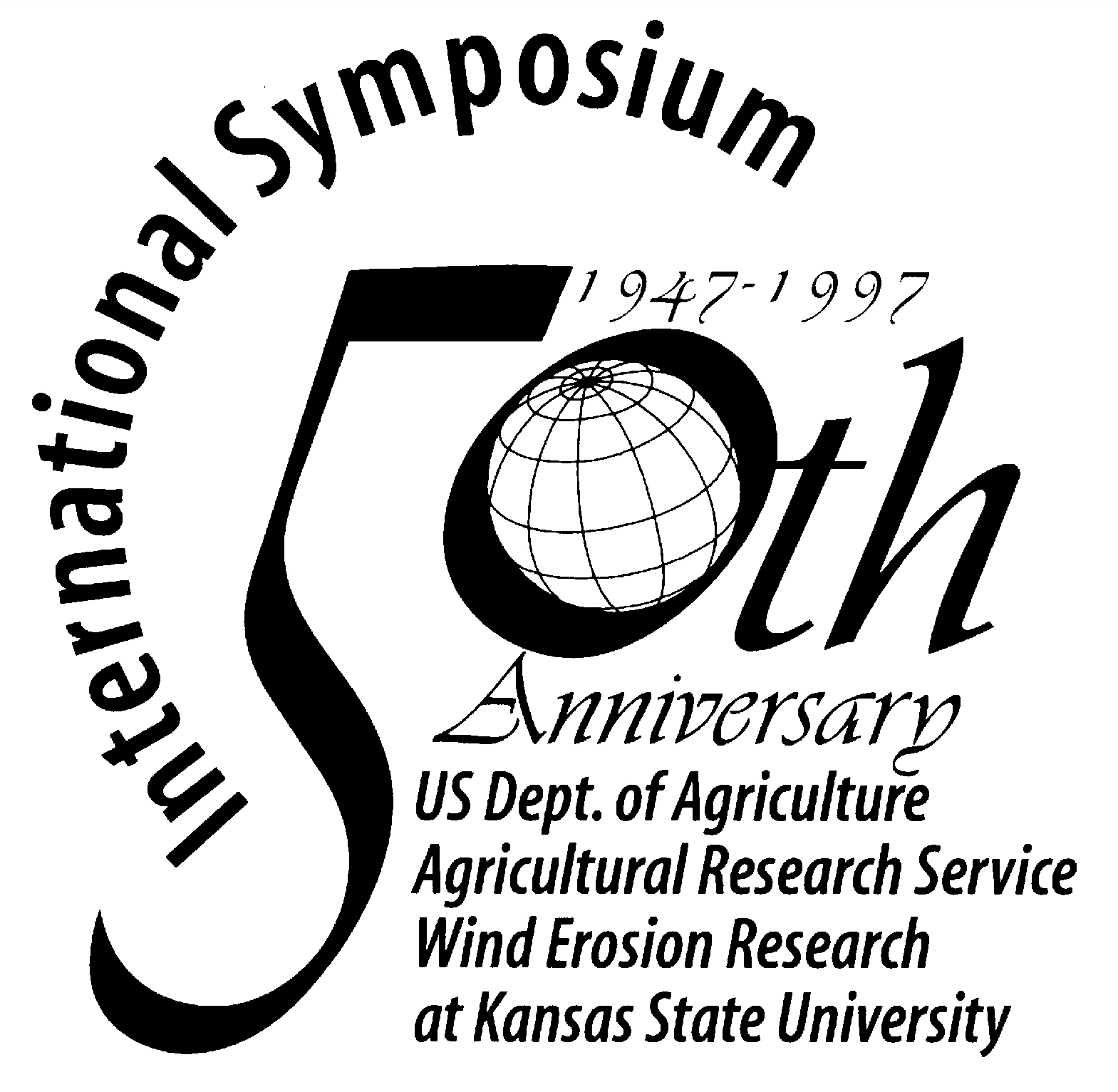|
Sand Dune Stabilization for Increased Biological Productivity in the Arid Parts of Kenya.
Louis N. Gachimbi and Alphaxard J. Ndathi
Abstract
Vegetation is the single most important resource for pastoralists in the arid Northern
Kenya. Adverse climate and increased human and animal activities are responsible for
accentuation of wind erosion processes and the resultant reduced biological productivity.
Natural vegetation regeneration to prevent soil erosion has been a generally accepted norm
but the amount of soil deposition and vegetation productivity in the area have not been
determined. Four sites in ecological zone VI, Marsabit, Kenya were selected for study in
1991 and 1992. The objective of the study was to determine vegetation aboveground biomass
and the effect of natural regeneration on sand dune stabilization. This was determined
from four sites, 100 x 120 m exclosures under natural vegetation, and three transects set
out at 1, 4 and 10 km from the exclosures. Each treatment was replicated twice within a
radius of 80 km. In the area under continuous pastoral use, data for aboveground biomass
was determined within one of the 100 x 120 m exclosures as in the other treatments. This
was carried out by clipping 1 m2 quadrat along a 1 x 100 m belt transect
replicated four times in each of the four treatments every three months. The samples were
oven dried at 60oC for 24 hours and weighed to give dry weight in kg/ha/yr.
Plant cover measurements were determined by paced transect method along 1 x 100m transect.
Soil loss and sand dune stabilization measurements were carried out by using 20 randomly
distributed erosion pins 1 m long, 5 mm thick in all the treatments. Soil texture was
determined within the first 10 cm of the soil. The two year results showed that natural
vegetation regeneration produced 67%, and 784.4 kg/ha/yr (80% above the areas under
continuous pastoral use) of vegetation cover and biomass respectively. This stabilized
63.8 mm/ha/yr of soil. In the areas under pastoral use, there was an average 20.7%
vegetation cover and 158.3 kg/ha/yr aboveground biomass production. The low vegetation
cover makes the area loose an average of 13.5 mm/ha/yr of soil compared to the well
sheltered areas. |




